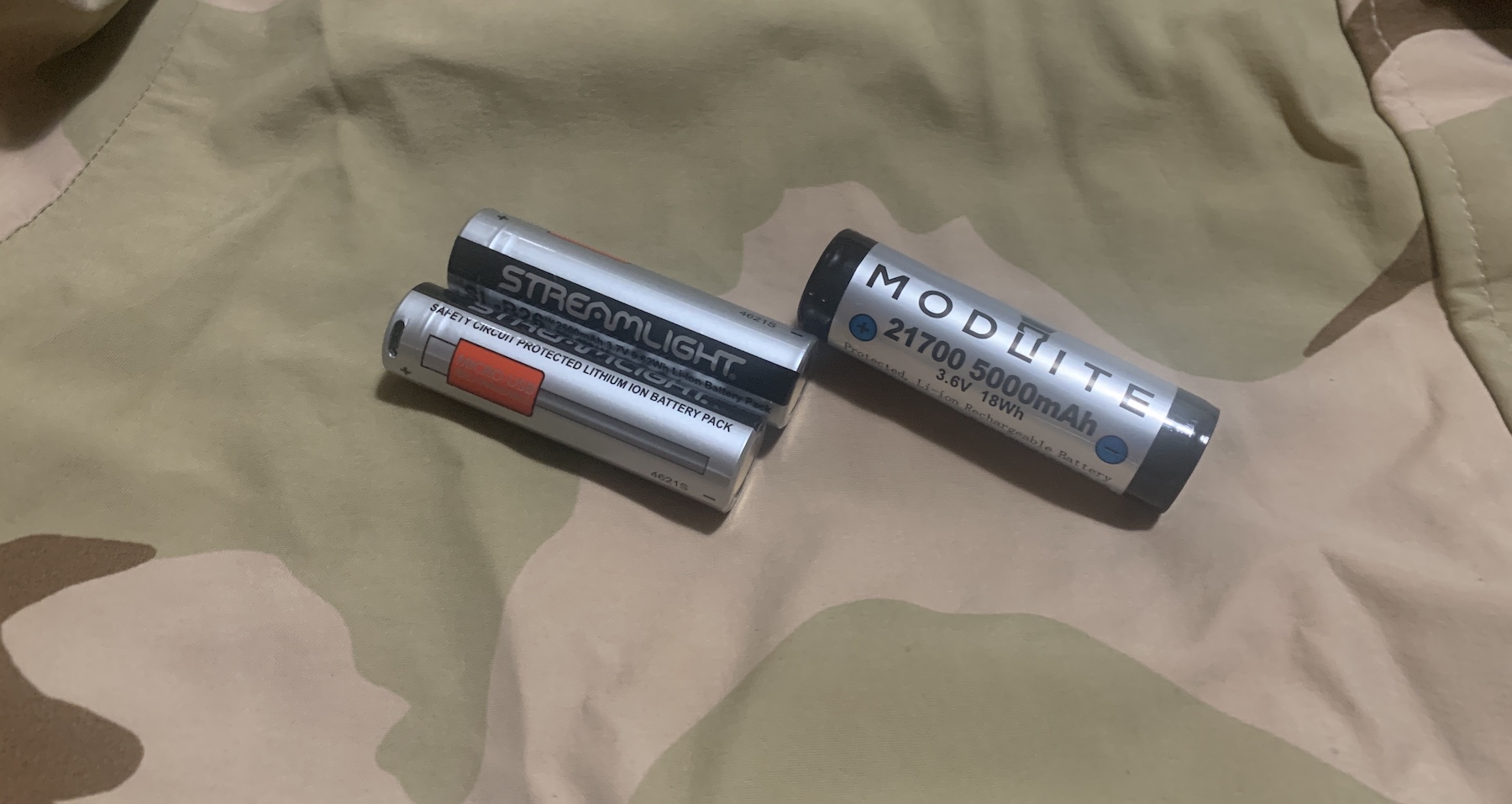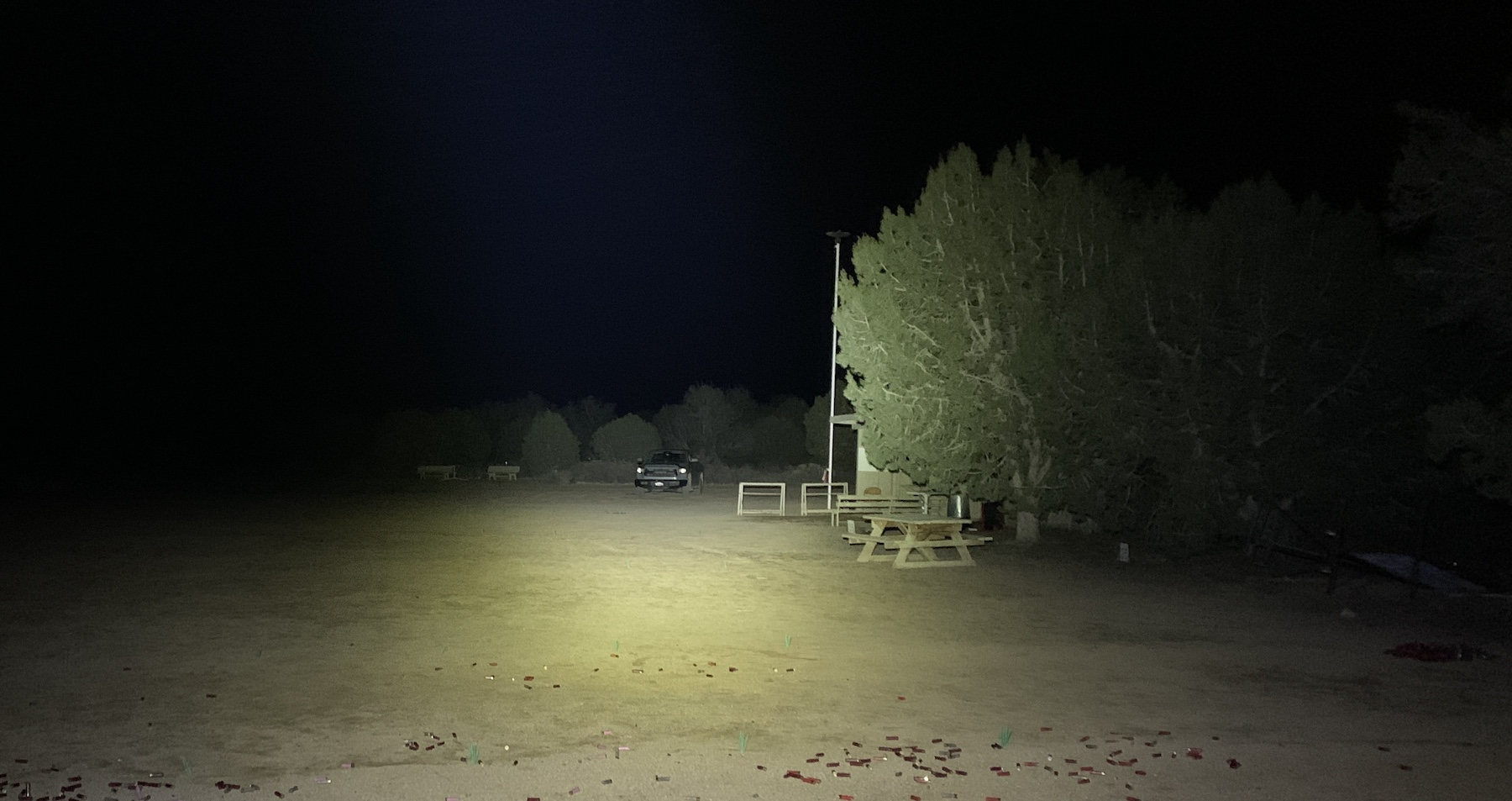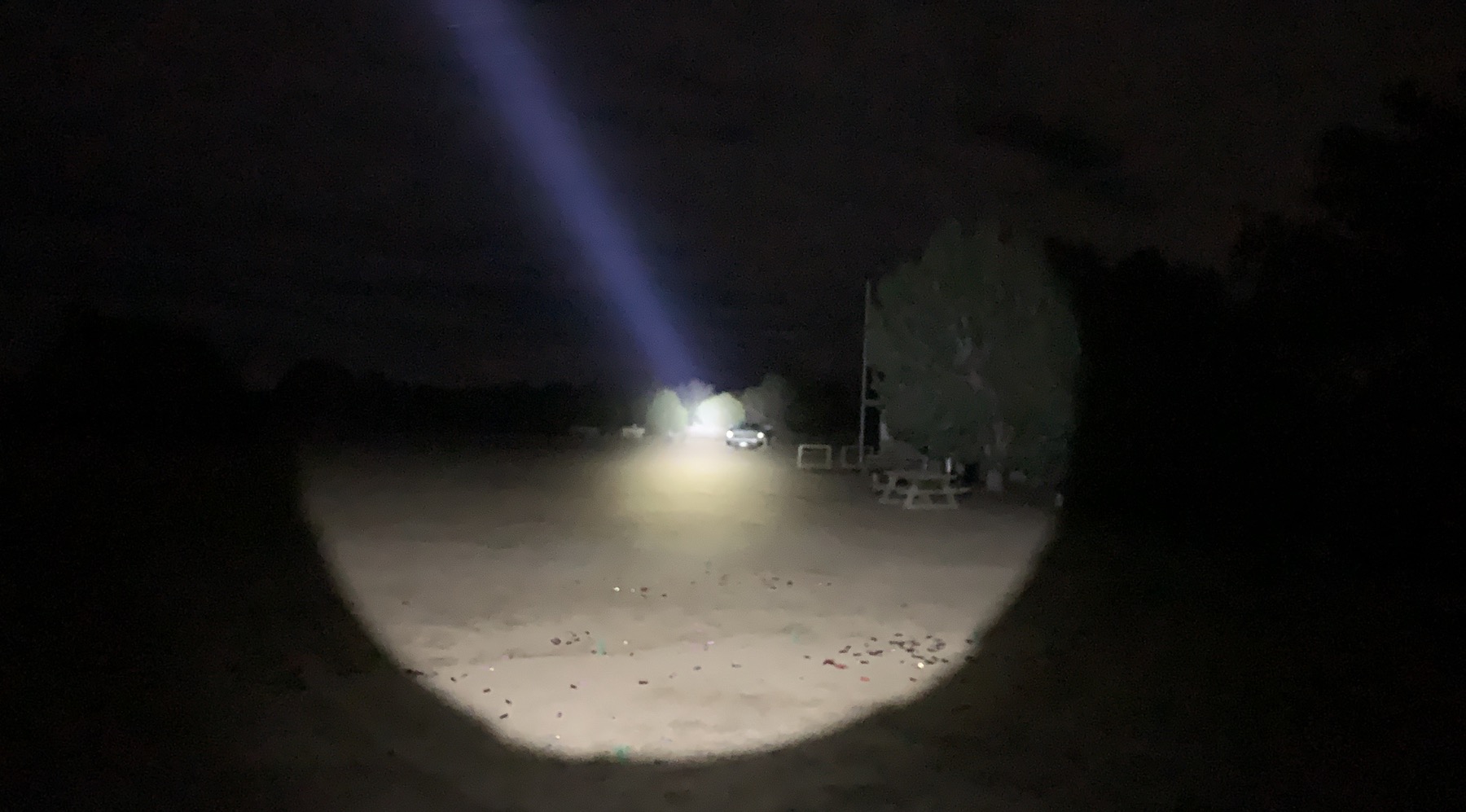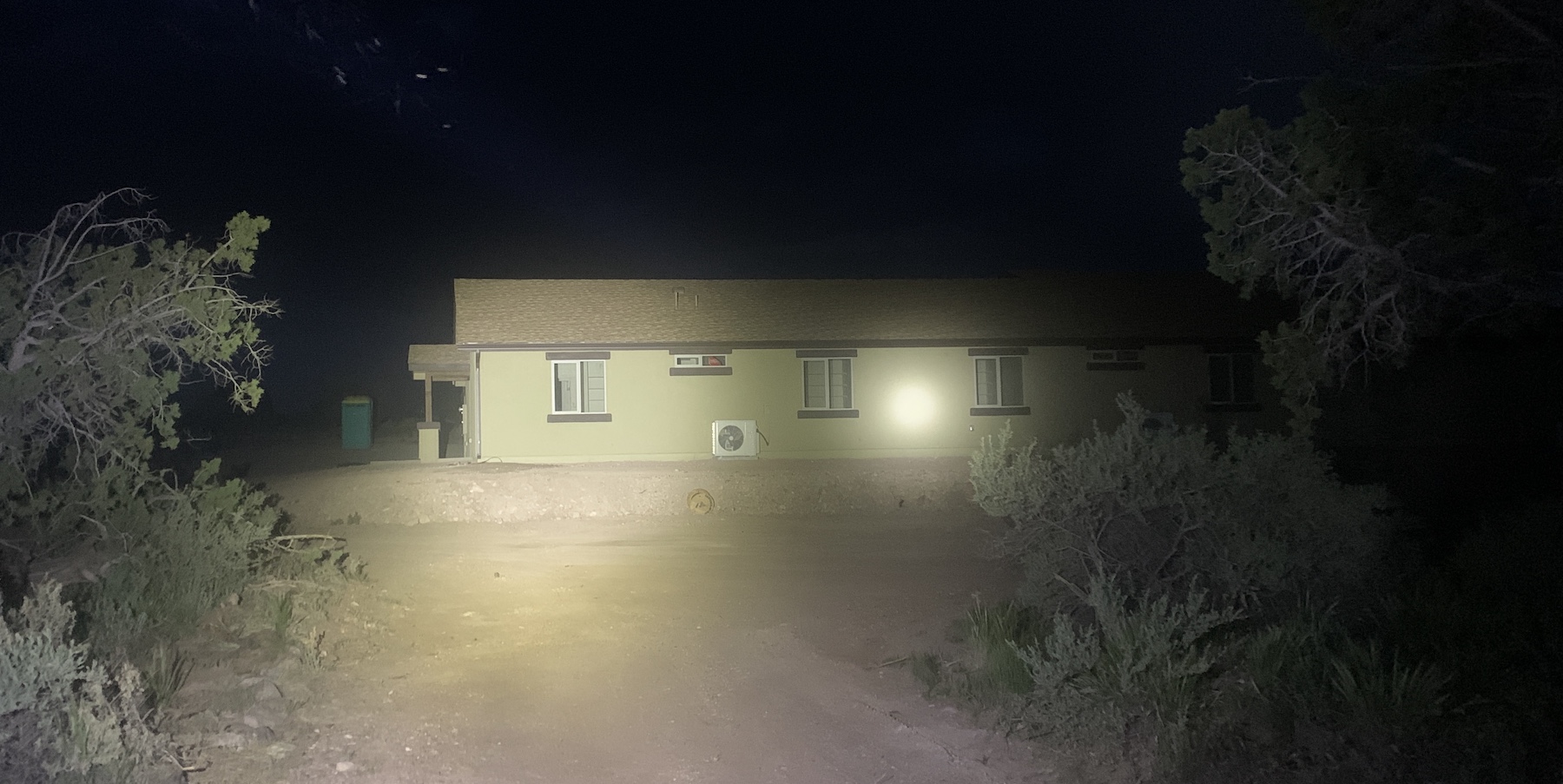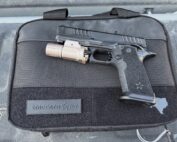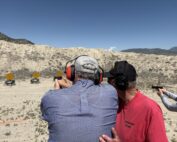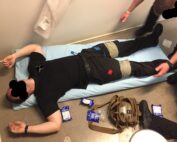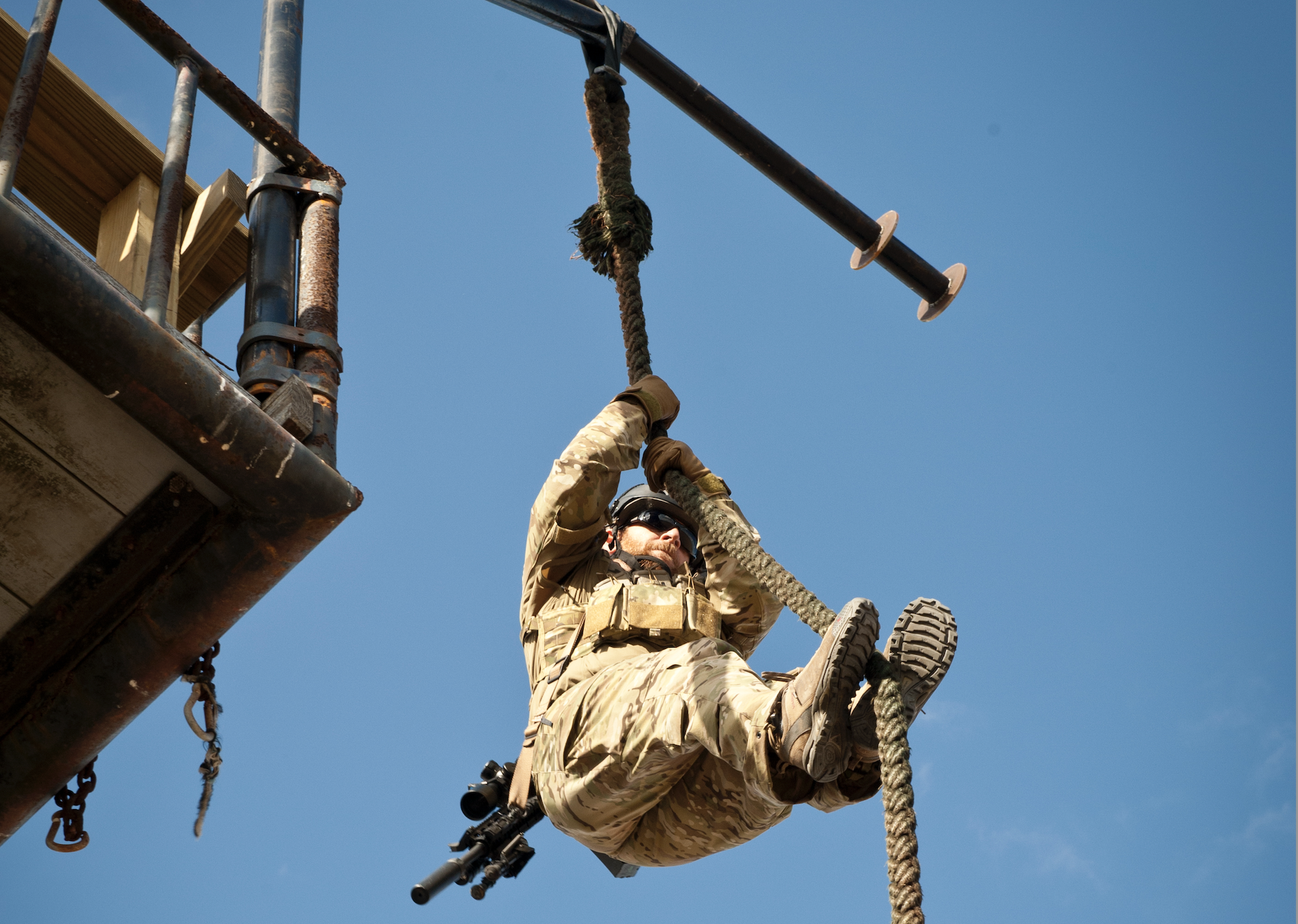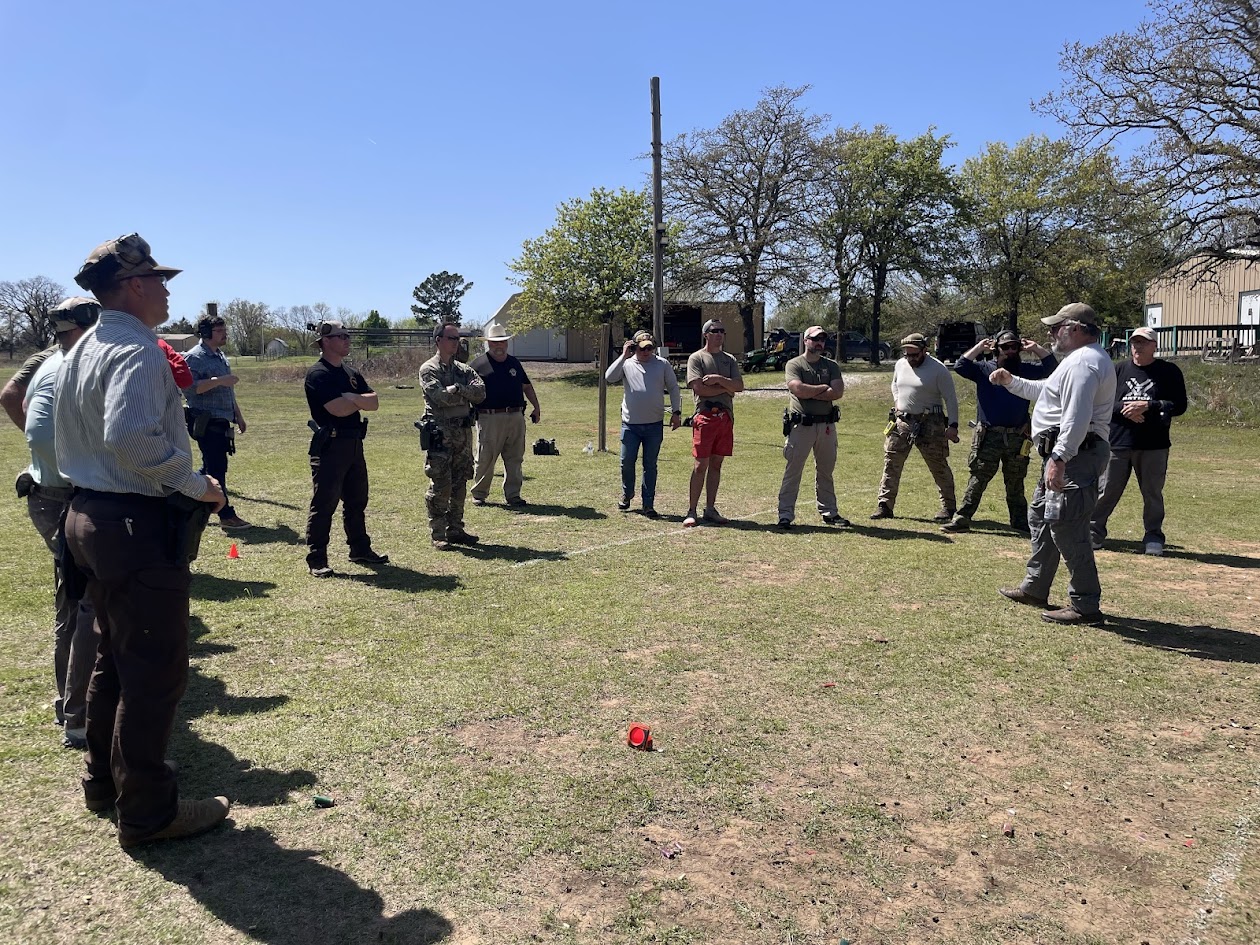
big_6441
The easy-to-carry and conceal handheld lights that go in our pockets are great. They let us identify people and things at the edges of parking lots or near ATMs. We can find the keyholes in doors on our cars and homes when we need to do that. Sometimes though, we need more light farther out. We need to be able to see people or things farther out there than we can with the smaller lights.
Terminology-wise, we frequently hear, or read, lumens when a flashlight’s output is being discussed. However, candela is likely the better term when it comes to the strength or throw of a beam. Here are definitions for those terms: Lumens are the amount of light from a light source visible to the human eye. A bulb will appear to be brighter when its lumen rating is higher. A conventional light bulb at home often emits between 300 to 1000 lumens.
Candela is the term used when measuring the visual intensity of a light source, like light bulbs or the bulbs in torches.
So, why consider a light larger than one you could easily carry in your pocket or on your belt?
My previous experience with physically larger lights was those I carried as a working cop, in unform. These were 12” or longer lights with a shaft about 2” wide, and the head around the bulb was past 3”. These were rechargeable; if they weren’t in my hand, they usually fit in the sap pocket sewn into my trousers. Out of the academy, I was issued an SL-20 with an incandescent bulb. Years later, I found a LED replacement bulb that did wonders for that light’s performance.
Anyway, what drove me to look at this? What is available on the market today?
Practical Application
Last fall, I taught a low-light instructor course in southern California. Several students were instructors in the Tactics and Survival section of the largest sheriff’s department in the country.
Throughout the class, we discussed various events they had been involved in, those involving other deputies in their office, and the equipment used. One of those events was the riots during the summer of 2020.
Some of these instructors had been involved in the physical defense (not just security) of various sheriff’s stations throughout their county. They talked about needing to locate and specifically identify individuals posing significant threats to the safety of their stations.
Streamlight’s HL-5X
One of the tools multiple deputies said they used was Streamlight’s’ ProTac HL-5X. Several positive comments were made. When I found them for sale on Amazon, I ordered one to get a feel for the light.
Gripping the ProTac HL-5x, the rubber coating on the body is nice for the grip, even if I can’t hold it that way because of the switch placement. Streamlight lists its output as 3500 lumens and 51,000 candela from two rechargeable SL-B26 batteries (it can also be run with four CR-123s). When used at full power, it has a one-and-a-quarter-hour run time.
Modlite HOG
Around the time of SHOT, John Ray from Modlite contacted me about Modlite’s HOG. JR sent me a HOG-OKW. It runs on a rechargeable 21700 battery. The OKW head is designed to reach out and ID someone light. My on-duty handheld for the past few years has been a 18650 powered handheld with an OKW head on it. The HOG itself is built out of 6061 aluminum and then anodized. Its OKW head puts out 720 lumens and 170,000 candela with a run time of over three hours if you leave it on that long. They have a more general-purpose head, the PLHv2, that gives the user more lumens but less candela with a shorter run time. I prefer the higher candela version.
And the construction of both is such that – if needed and within an organization’s policy – they could be used as in-extremis impact weapons.
Compare & Contrast
I have used both lights during multiple teaching trips to Gunsite this year. While I would be comfortable with either one, they each perform differently.
The Streamlight beam has a wider hotspot; the whole beam is the hot spot. The Modlite has a narrow but distinctly brighter hot spot. The HL-5X has a side-mounted, push-button switch near the head – reminiscent of my old SL-20; while the HOG has a push-button tail cap on the back of the light. The Modlite comes with Thyrm’s combination ring/pocket clip, but the Streamlight does not have a similar option.
Cost is an issue, whether you are buying equipment out of pocket or the agency is trying to outfit everyone. As of this writing, the HL-5X is available on Amazon for $98.52, and the HOG-OKW goes for $349.00. Both come with one battery, and everything needed to charge it.
Thinking about my time as a patrol sergeant, I don’t know that I would carry either one on me. Though either of them could be easily carried if one wore an external vest carrier – something I never did. Most likely, I would keep them in the door tray of my patrol car and grab one when circumstances indicated it might be of benefit. Regardless, having a light that allows me to see and identify at a distance, in low light, is a very good thing.
Resources:


 (No Ratings Yet)
(No Ratings Yet)